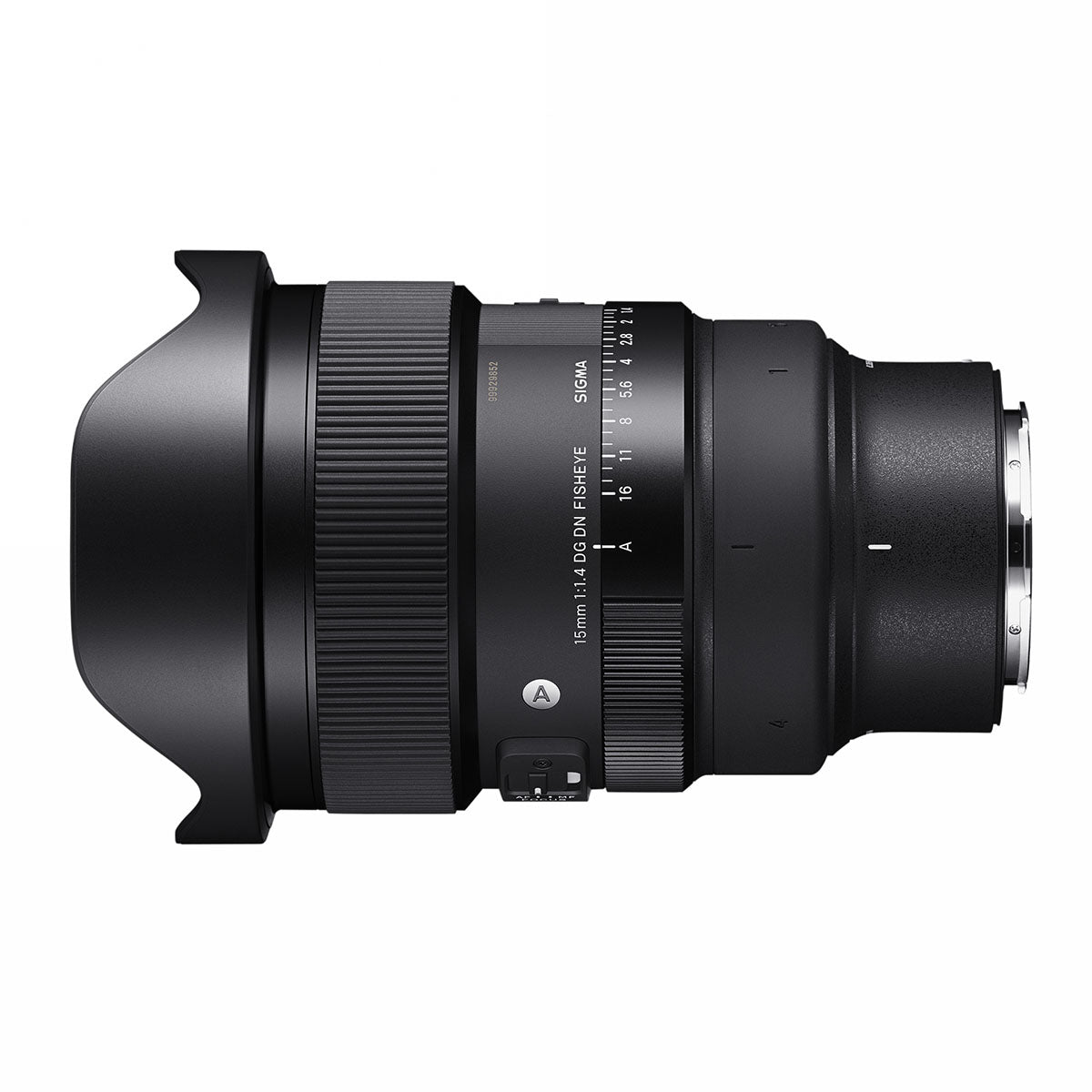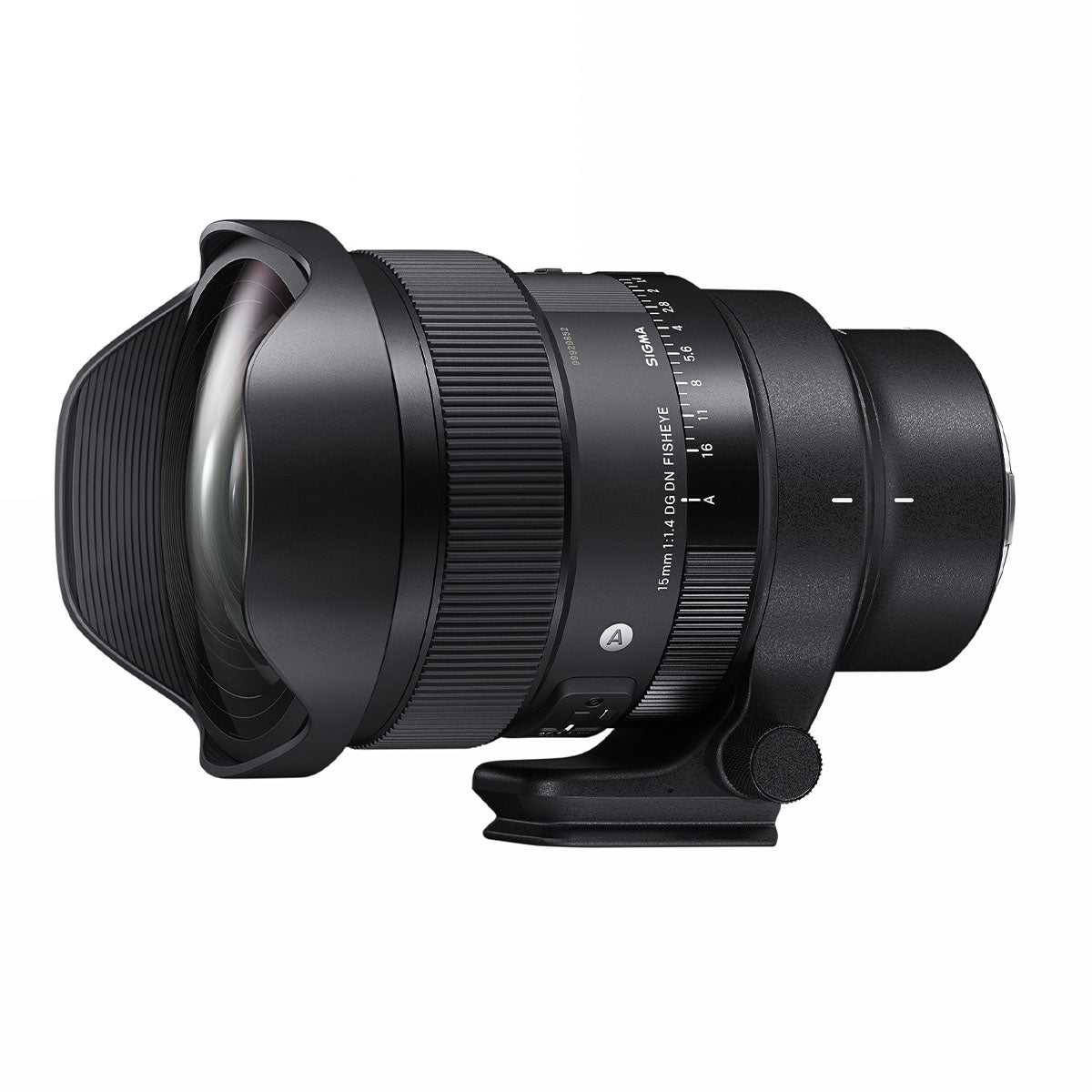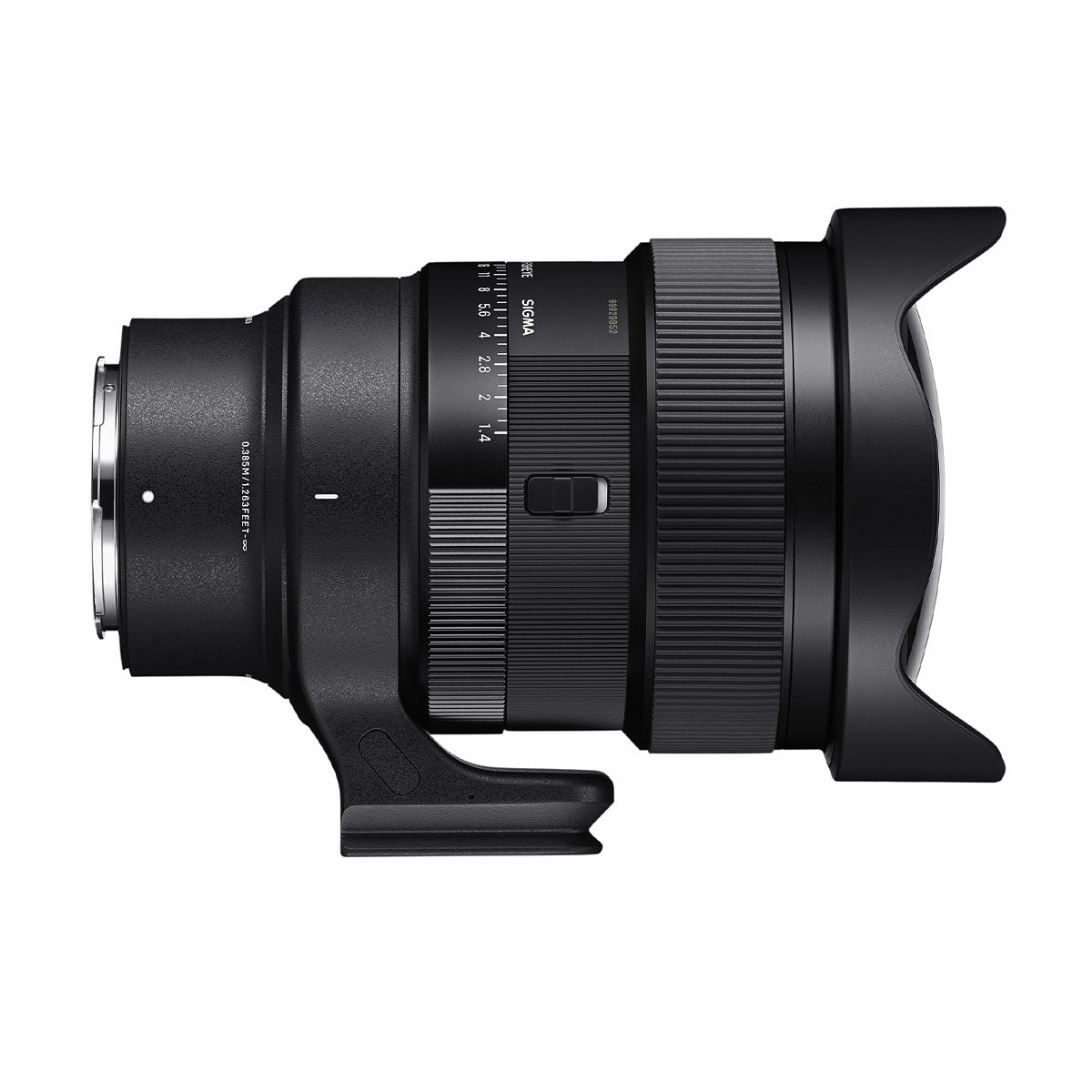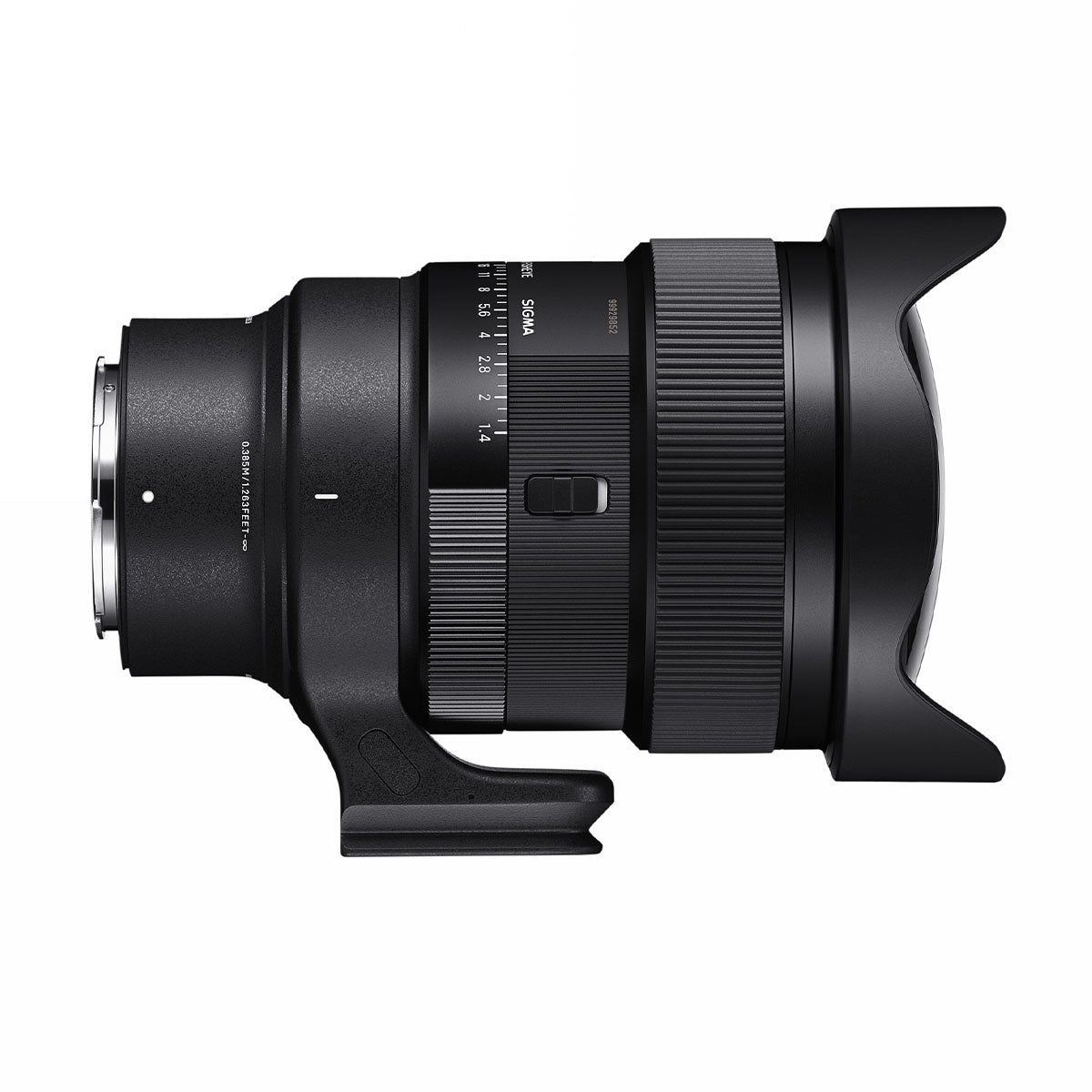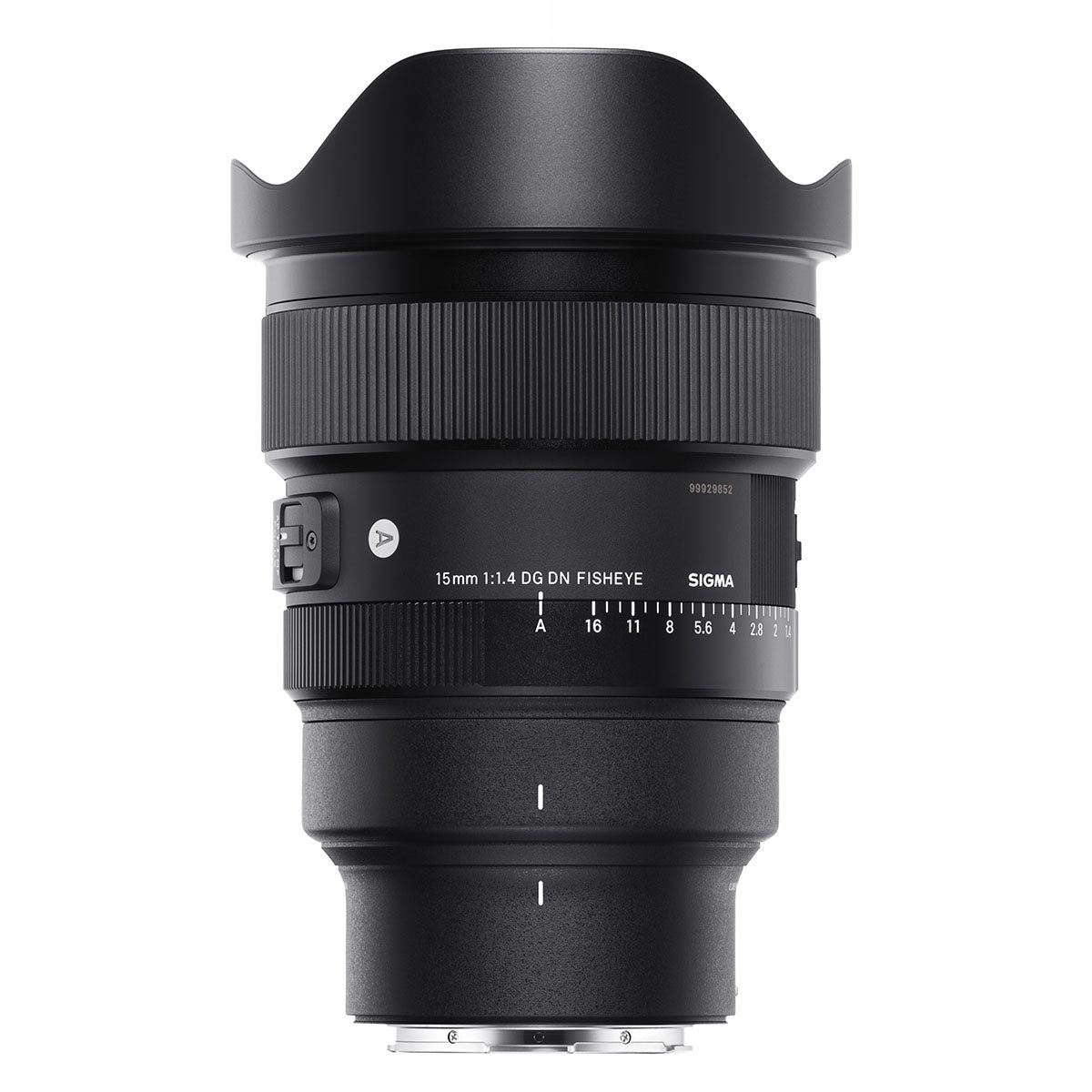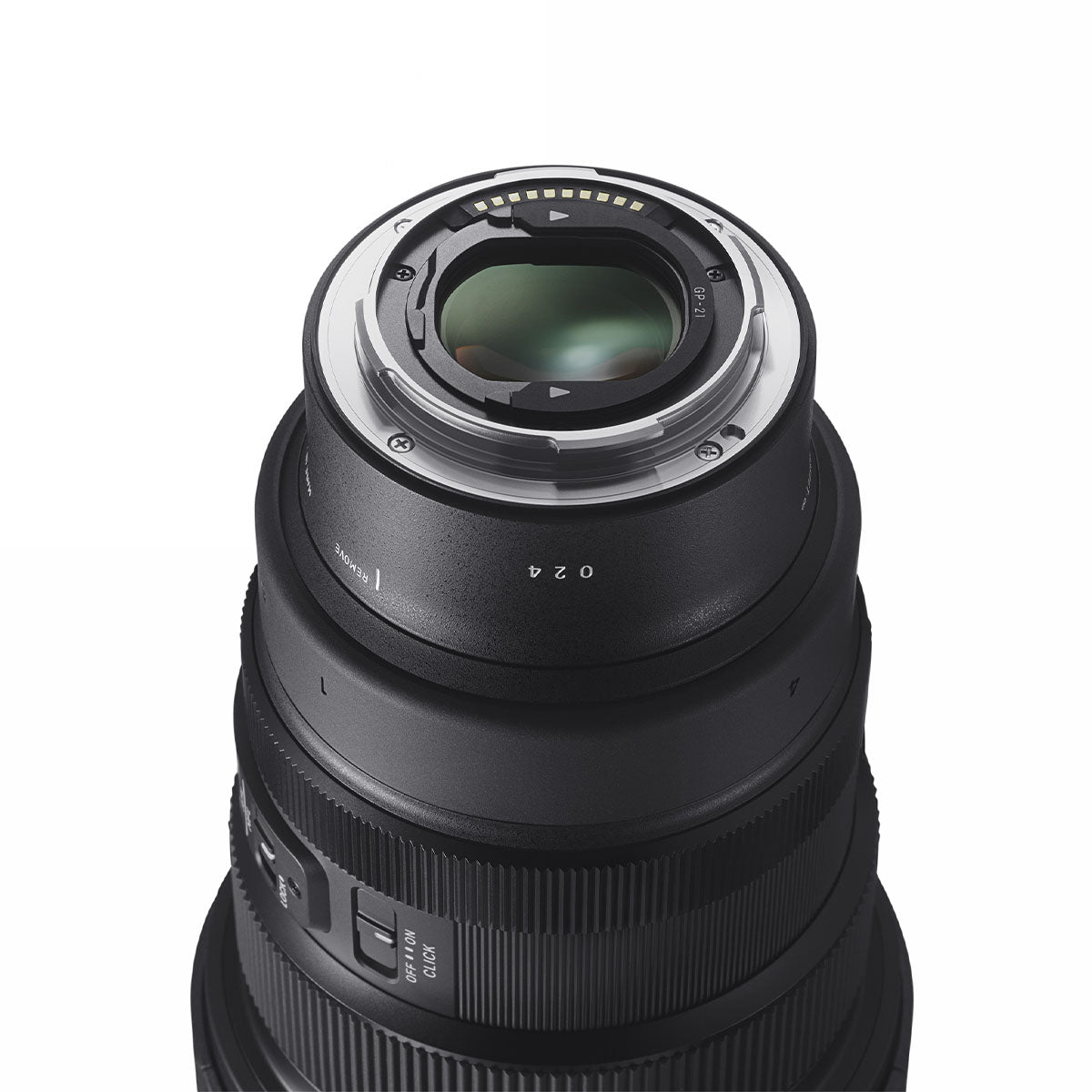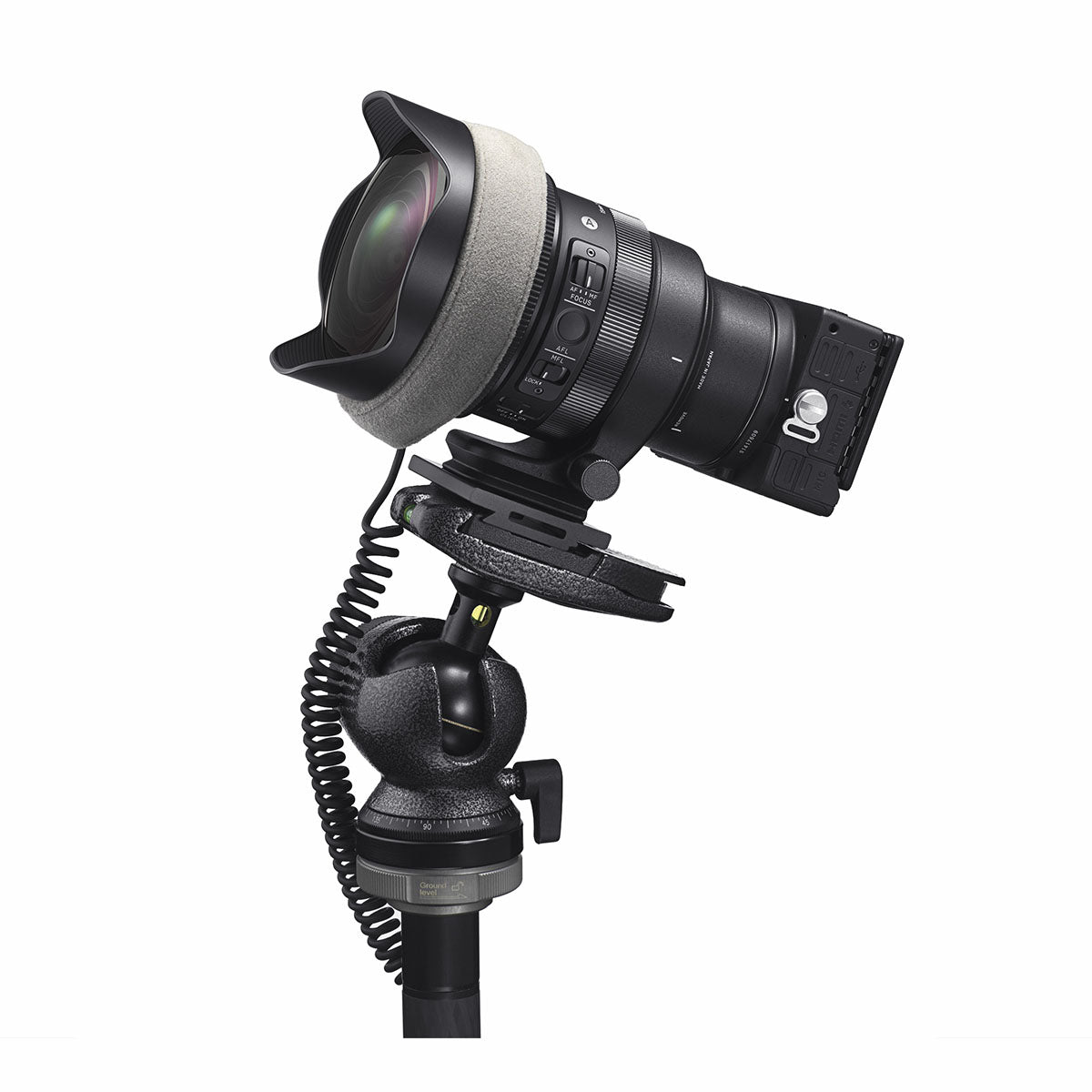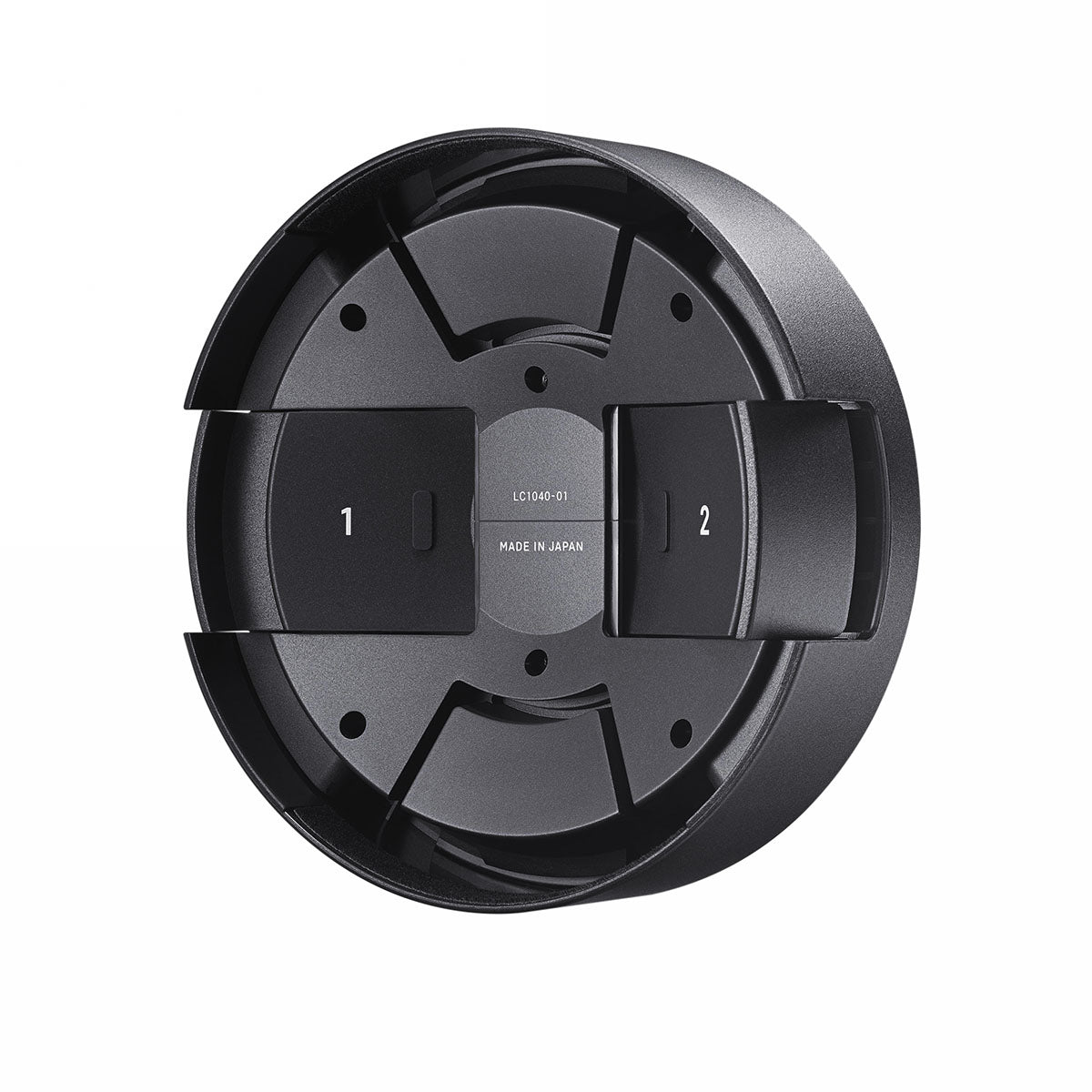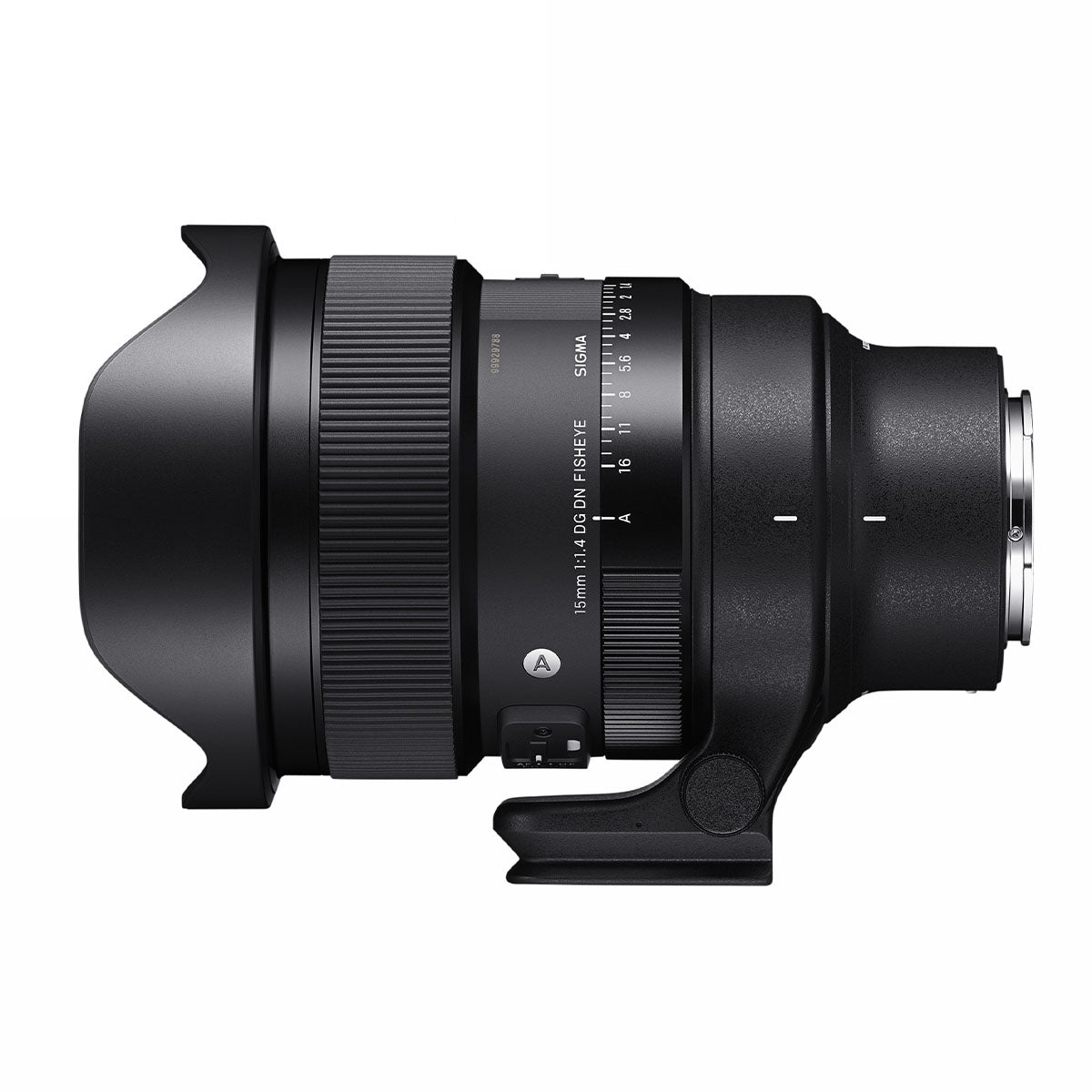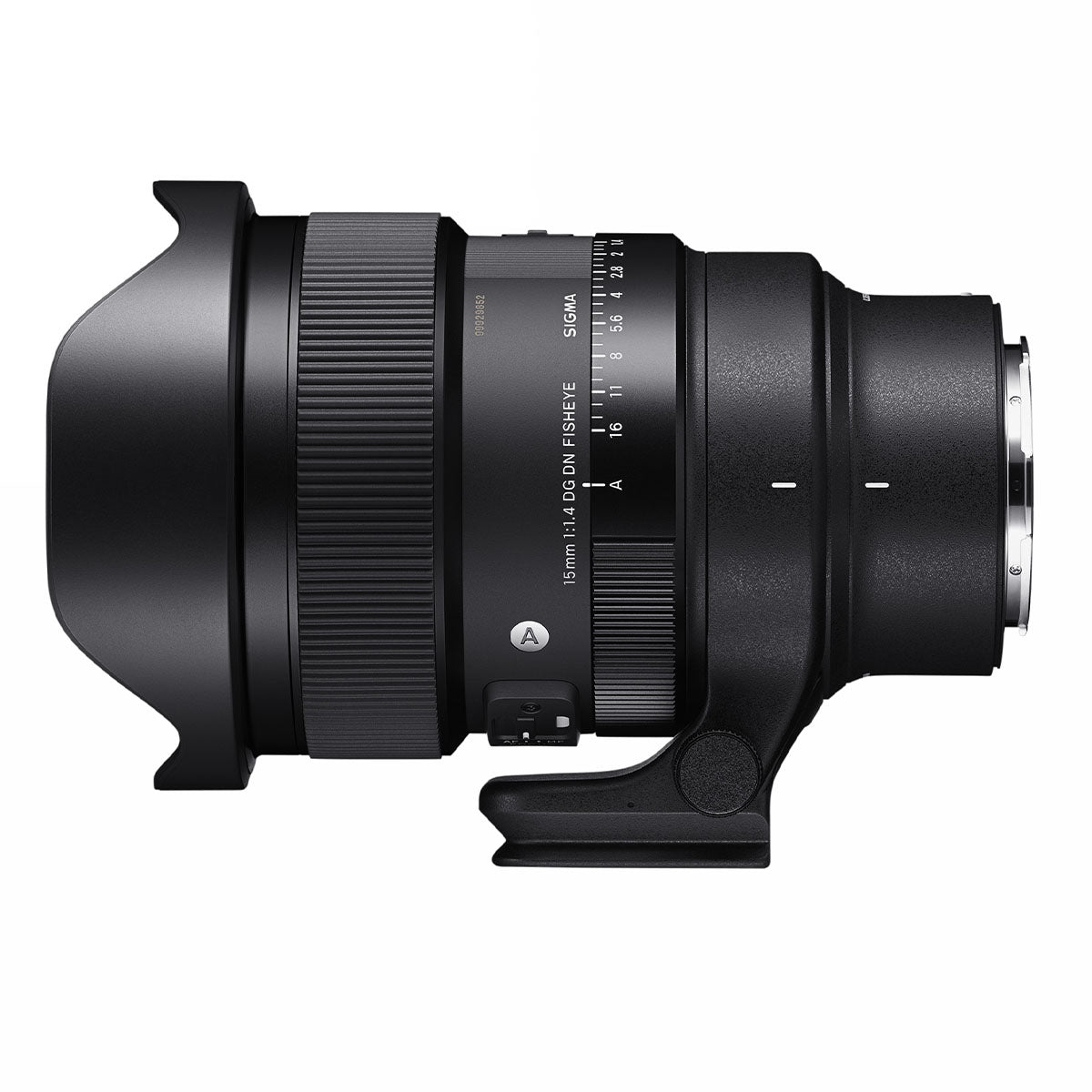Product Description
Sigma 15mm F1.4 DG DN Diagonal Fisheye
The world’s first* full-frame F1.4 diagonal fisheye lens.
- A fisheye lens with outstanding optical quality
- Feature-packed design
- Expands the range of wide-angle F1.4 DG DN Art lenses
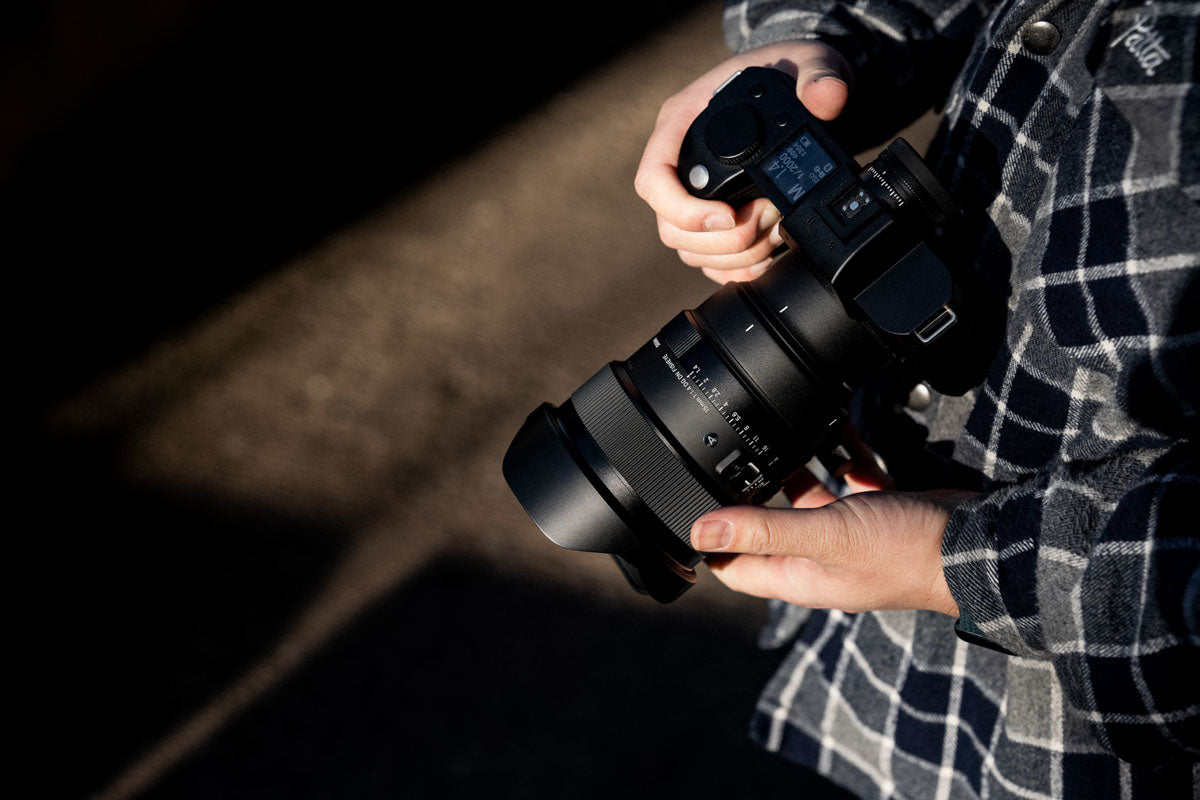
Photo by Tony Noel taken on the Sigma 15mm f1.4
Introducing the SIGMA 15mm F1.4 DG DN Diagonal Fisheye, the world’s first (1) full-frame F1.4 diagonal fisheye lens. Capture expansive landscape, star-filled skies, creative portraits and architecture with its bright F1.4 aperture and 180° angle-of-view. Get an all-new perspective and let your creativity flow with unique images with exaggerated proportions. The lens features a host of useful features for astrophotographers. Its built-in rear filter holder allows for gel-type ND filters to be inserted, a lens heater retainer that prevents heat strips from slipping over the front of the lens, and a unique manual focus lock switch that disables the focus ring.

Photo by Michał Kałużny taken on the Sigma 15mm f1.4
Images are sharp across the whole frame thanks to the sophisticated glass elements that effectively reduce sagittal coma flare and other optical aberrations. With its set of professional features including a special locking lens cap with filter holder, tripod socket, weather-resistant construction, customisable AFL buttons (2), HLA motor and aperture ring, the SIGMA 15mm F1.4 DG DN Diagonal Fisheye for L-mount and Sony E-mount one of the most unique lenses in the SIGMA line-up.

Photo by Michał Kałużny taken on the Sigma 15mm f1.4
A fisheye lens with outstanding optical quality
The Sigma 15mm F1.4 DG DN Diagonal Fisheye has an incredible 180° angle-of-view. By employing the latest manufacturing technologies and testing using SIGMA’s proprietary MTF measuring system, the lens delivers outstanding quality across the whole frame.

Photo by Tony Noel taken on the Sigma 15mm f1.4
High-resolution images even when shooting at F1.4
The lens can precisely reproduce bright points of light across the whole frame, even when shooting wide open at F1.4. It is constructed using 21 glass elements in 15 groups. 4 FLD and 3 SLD low dispersion glass elements effectively reduce sagittal coma flare and other aberrations. This ensures that bright points of light remain pin sharp at all apertures across the entire frame, ideal for astrophotography.

Photo by Tony Noel taken on the Sigma 15mm f1.4
Designed to minimise flare and ghosting
To prevent flare and ghosting the Sigma 15mm F1.4 was designed using state-of-the-art simulation technology. This resulted in a lens that is highly resistant to flare and ghosting, producing clear and sharp images in challenging lighting conditions.
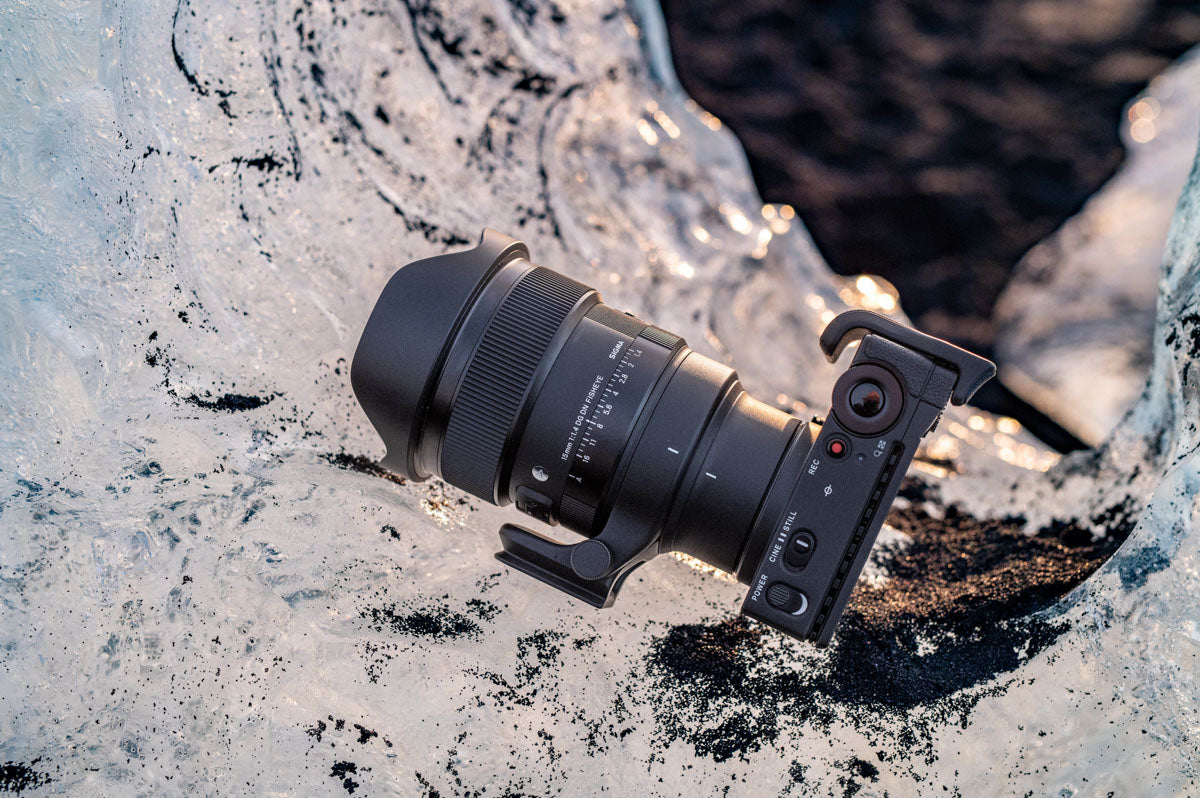
Photo by Michał Kałużny taken on the Sigma 15mm f1.4
Feature-packed design
The SIGMA 15mm F1.4 DG DN Diagonal Fisheye | Art has a professional feature-set that makes it easier for photographers and film-makers to achieve the best possible results. Built into the barrel is an aperture ring, which can be set to Auto for aperture control on the camera. With a very precise action, the ring can also be de-clicked if preferred, or locked in place so that it’s not accidentally knocked out of the correct setting.

Photo by Tony Noel taken on the Sigma 15mm f1.4
Lens heater retainer
At the front of the barrel is a Lens Heater Retainer. This helps hold a heat strip in place, which are often used by astrophotographers when shooting in cold conditions to prevent condensation build-up on the front element.

Photo by Jack Fusco taken on the Sigma 15mm f1.4
Rear filter holder
The lens features a rear filter holder that allows sheet-type filters to be attached. Soft type filters are preferred by astrophotographers as they make stars appear softer, larger and brighter. Other types of sheet-type filter can also be used. A unique front lens cap has been specially designed with these types of filters in mind. Two filter slots are provided to store pre-cut sheet-type filters, allowing them to be carried with the lens at all times. The cap features a secure lock mechanism to prevent it from falling off unintentionally.
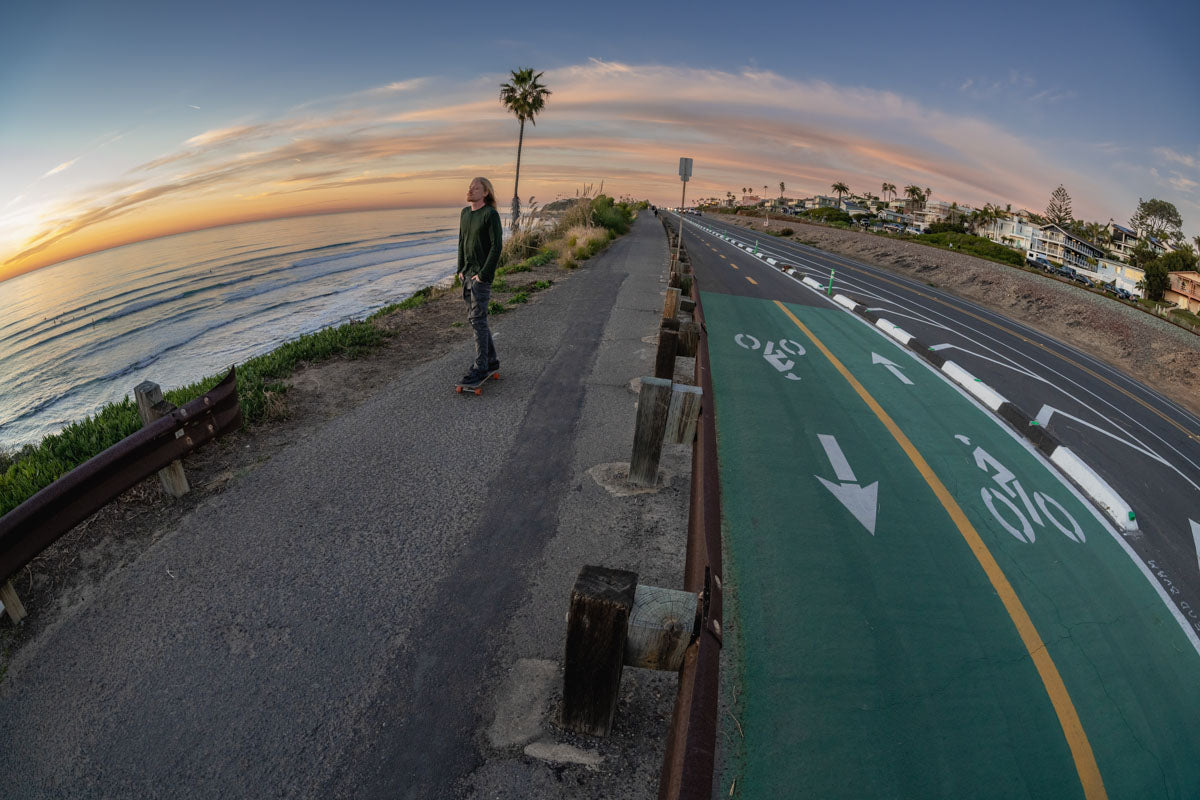
Photo by Jack Fusco taken on the Sigma 15mm f1.4
MFL lock switch and AFL button
An MFL (manual focus lock) switch can be found on the side of the lens barrel. This allows astrophotographers to completely disable the focus ring, which is useful once the lens has been set to infinity. This means that even if the ring is knocked the focus will not change.
An AFL button is included on the lens barrel, which can be customised depending on the camera and system.

Photo by Jack Fusco taken on the Sigma 15mm f1.4
Detachable tripod socket
As this type of ultra-wide-aperture lens is by nature relatively heavy, attaching the camera to a tripod using the camera’s tripod thread can make the set-up front-heavy, putting the thread under stain and making the camera unstable. So, included with this lens is the TS-141 Tripod Socket, which ensures a more balanced set-up closer to the centre of gravity when mounted on a tripod.

Photo by Michał Kałużny taken on the Sigma 15mm f1.4
Responsive HLA moror
The 15mm F1.4 DG DN Diagonal Fisheye is fitted with Sigma’s High-response Linear Actuator (HLA) motor, which delivers faster, smoother, quieter and more accurate focusing than a stepping motor. This is only the fourth Sigma lens to be designed with this technology, ensuring very responsive focusing in all shooting situations.
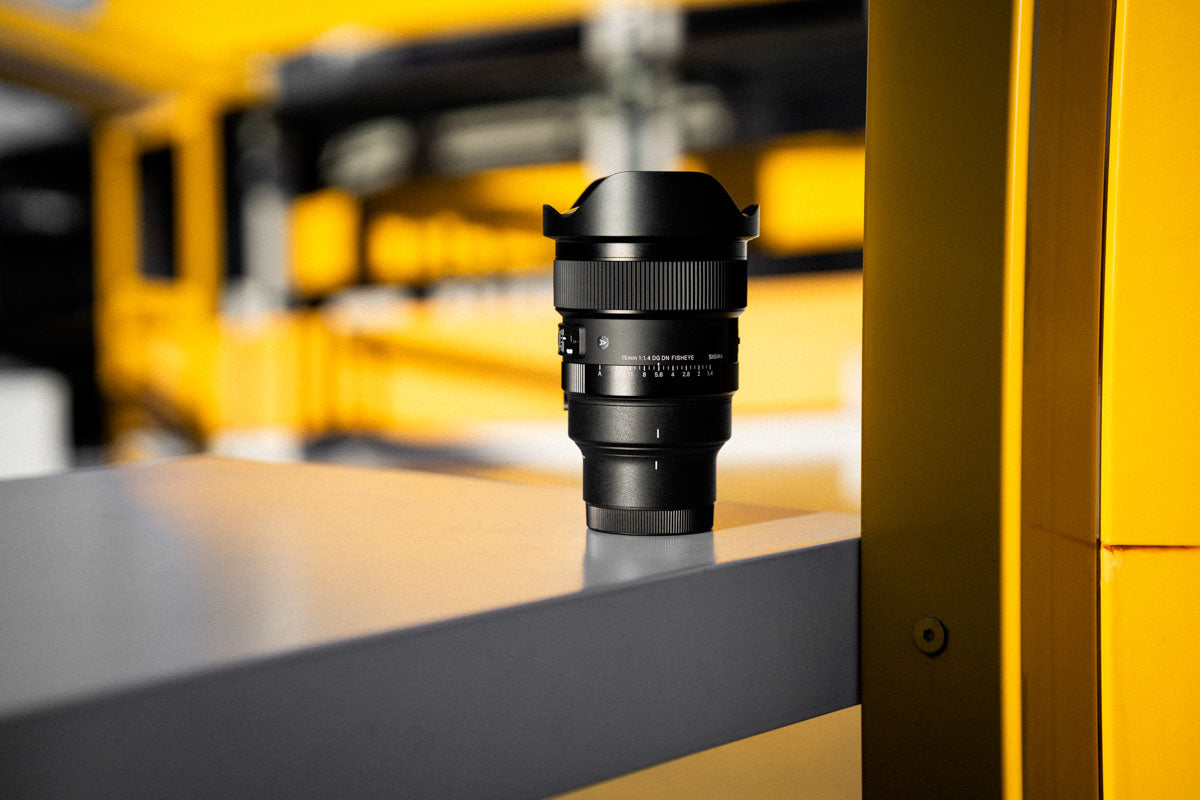
Photo by Tony Noel taken on the Sigma 15mm f1.4
| Lens construction |
21 elements in 15 groups
|
| Angle of view | 180° |
| Number of diaphragm blades | 11 |
| Minimum aperture | F16 |
| Minimum focusing distance | 38.5cm |
| Maximum magnification ratio | 01:16 |
| Filter thread | NA |
| Dimensions (diameter x length) |
104.0mm x 157.9mm
|
| Weight | 1,360g |
| Corresponding AF mounts |
L-Mount | Sony E
|

